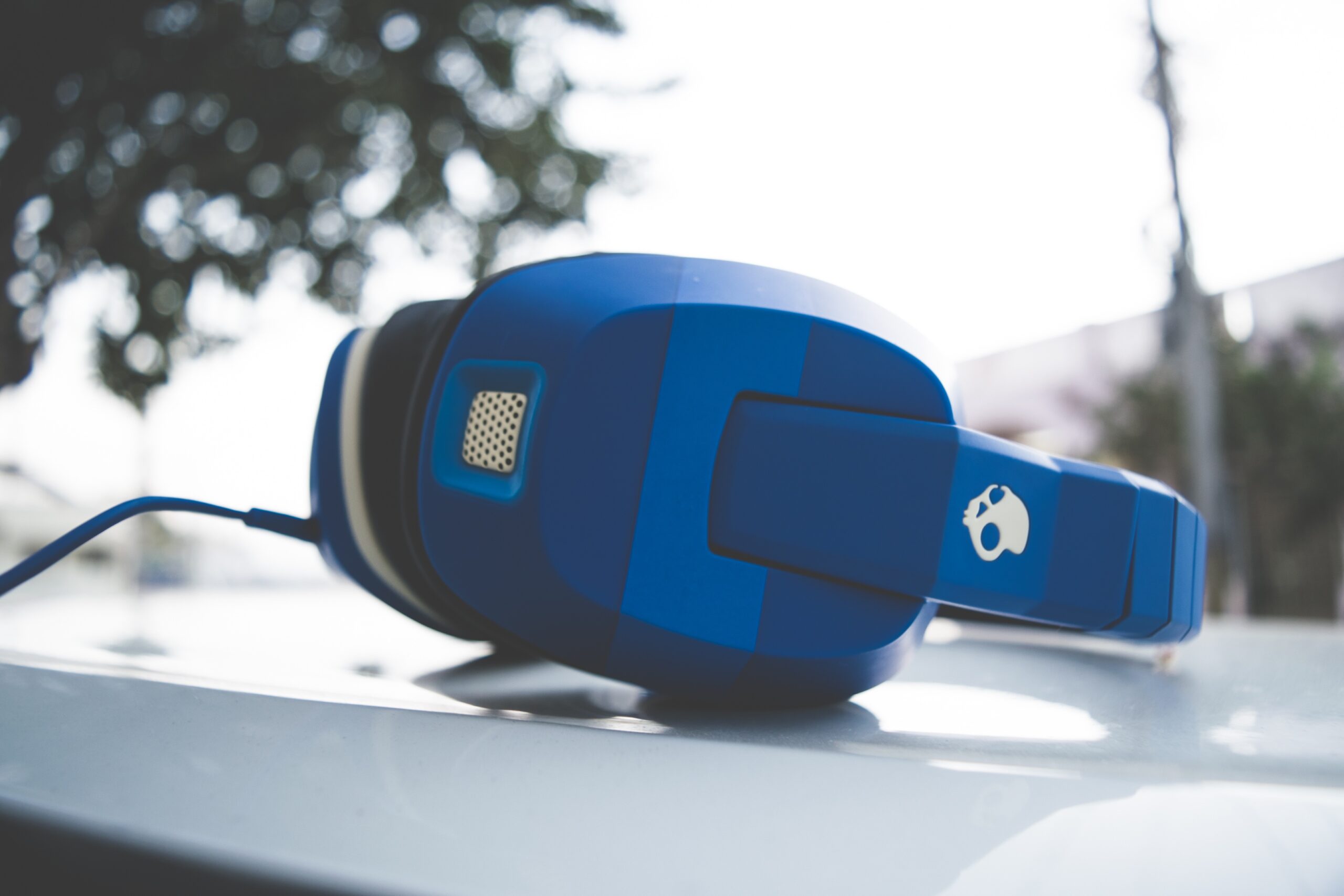The Definitive Consumer Tech Trends of 2025
The world of consumer technology has evolved at breakneck speed so far this decade, and it’s not over yet. 2025 promises to be another year that redefines how we live, work and play using connected devices. From wearables revolutionizing health monitoring to the era of cross-platform play via cloud gaming’s latest iteration, there’s lots on the horizon to look forward to.
To kick things off, let’s take a closer look at three consumer tech trends that are all set to define 2025 and beyond.
Wearables will Become Smarter and More Integrated
Fitness trackers are so early 2010s! The new wave of wearable technology is increasingly playing a more central role across everything from health optimization to productivity.
Devices like the Apple Watch and Fitbit are already monitoring heart rate, blood oxygen levels, and sleep patterns. However, innovations such as wearable ECG monitors and glucose trackers now empower the average consumer to manage chronic conditions more effectively without needing extra medical support.
For example, the Oura Ring uses AI to track activity, stress, and recovery, helping users fine tune their physical and mental wellbeing. Meanwhile, devices like Muse 2 and S headbands use biofeedback to enhance mindfulness and stress management.
On the productivity front, smart glasses like Vuzix Blade and Google Glass even have the potential to enhance efficiencies throughout industries, not just in the home. Haptic feedback wearables are also gaining traction, providing real-time guidance through tactile signals for technicians, trainers, and field workers.
Robots in the Home?
Consumer robotics is fast becoming a game-changing sector, which is currently projected to reach $117 billion by 2030. This surge in growth will primarily be driven by smart homes and an increased usage of drones beyond hobbyist usage.
For instance, robots are turning our homes into smarter and even autonomous spaces. Devices like the iRobot Roomba have launched robotic vacuum cleaners into the mainstream. Plus, innovations in AI-powered home assistants have undergone rapid advancements, with systems now capable of controlling lighting, temperature, and home security with ease.
The next frontier includes smart kitchen robots, which can even prepare meals from scratch. Companies including Moley Robotics are investing heavily in developing automated cooking systems that learn and develop according to users preferences, ensuring truly personalized experiences.
Drones, meanwhile, will enjoy more practical applications over the coming months. Amazon’s Prime Air, a drone delivery system that prioritizes sustainability, is expected to expand across the UK and Italy early 2025. Even ring cams are getting an upgrade with drone tech, ensuring autonomous property management for all.
The Future of Cloud Gaming
The new era of cloud gaming is all set to revolutionize the gaming industry in 2025…
Ok, it could be argued that gamers aren’t really in need of another revolution right now, given the sheer breadth of gaming experiences that are readily accessible from connected devices—hint, this spans everything from multiplayer eSports tournaments to online poker. Modern players can just as effortlessly log in to an iGaming platform and get to grips with Texas Hold’em poker variants as they can join a battle royal melee from their mobile devices. But even this degree of accessibility is nothing compared to the potentiality of cloud gaming.
In short, cloud gaming leverages this advanced infrastructure to enable players to stream AAA games directly to any connected device, without needing to download it or even play it on a conventional games console or PC. Amazon Luna and Xbox Cloud Gaming have been leading the change, eliminating hardware limitations and democratizing access to video games.
As the new year unfolds, however, the focus will be more on how cloud gaming facilitates cross-platform play. Aka cross play, this trend allows players using different devices (PCs, consoles, and mobile devices) to play with and against each other in the same game. Cloud gaming’s server-based architecture removes hardware disparities, creating a unified gaming environment where compatibility is no longer a barrier. As the trend gains traction, we can expect more developers to follow CD Project and Psyonix by optimizing new and existing IP for cross-play.





